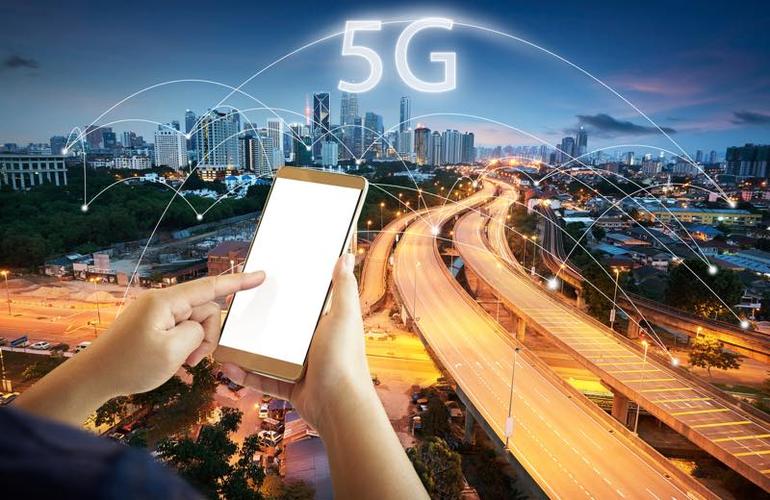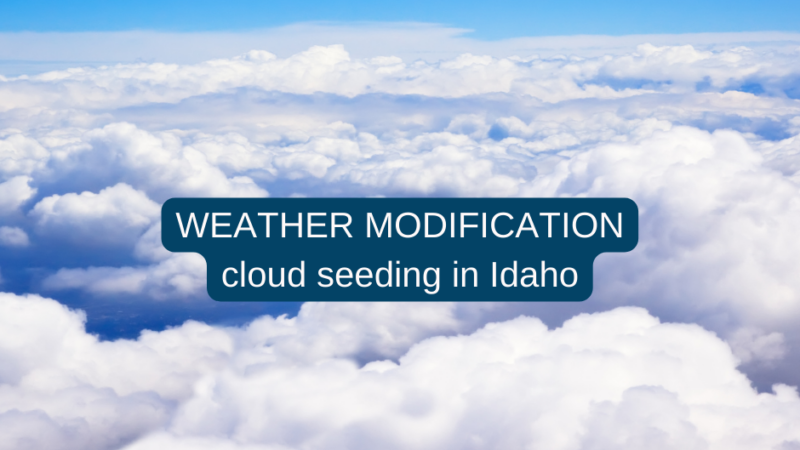FCC Adopts New Regulations Severely Limiting State and City Right to Placement of 5G

On September 26, 2018, the FCC adopted regulations that are intended to facilitate 5G technology by severely limiting the objections that states and cities can raise to small cell installations. The FCC’s press release stated that this was “another important step in its ongoing efforts to remove regulatory barriers that inhibit the deployment of infrastructure necessary for 5G and other advanced wireless services. This action, which builds upon those already taken by states and localities to streamline deployment, underscores the FCC’s commitment to ensuring that the United States wins the global race to 5G.”
The FCC Chair described this action to “cut red tape for small-cell deployment” that will “mak[e] it cheaper and easier to string fiber optic lines on utility poles.” Agit Pai, “5G is in reach. But only if we set the right policies,”
The new rules passed with support from all four FCC commissioner’s with the agency’s sole Democrat, Jessica Rosenworcel, also dissenting in part.
Rosenworcel said the requirements would “run roughshod over state and local authority” and “[tell] state and local leaders all across the country what they can and cannot do in their own backyards.”
EMF Scientist Appeal Advisers Call For Moratorium On 5G

20 Facts About 5G And Your Health
What You Need To Know About 5G Wireless And “Small” Cells
Relief from Wireless Impact Might Only Be Found in Rural Areas
The major carriers are planning US rollouts of 5G in late 2018 and early 2019, and they’re starting in major cities. Ted Rappaport, a professor of electrical and computer engineering at New York University’s Tandon School of Engineering who conducted some of the early research into 5G, told CNET that 5G might not make it to rural areas until 2022 or 2023.
FCC Press Release, “FCC Facilitates Deployment of Wireless Infrastructure for 5G Connectivity,” September 26, 2018, available at https://docs.fcc.gov/public/attachments/DOC-354283A1.pdf.
Washington Post, September 26, 2018, available at https://www.washingtonpost.com/opinions/5g-is-in-reach-but-only-if-we-set-the-right-policies/2018/09/26/9d5c322e-c1c7-11e8-8f06-009b39c3f6dd_story.html?utm_term=.cbadc613d419Washington DC Advisory Neighborhood Commission 3/4G Opposes 5G Small Cells in New Resolution




